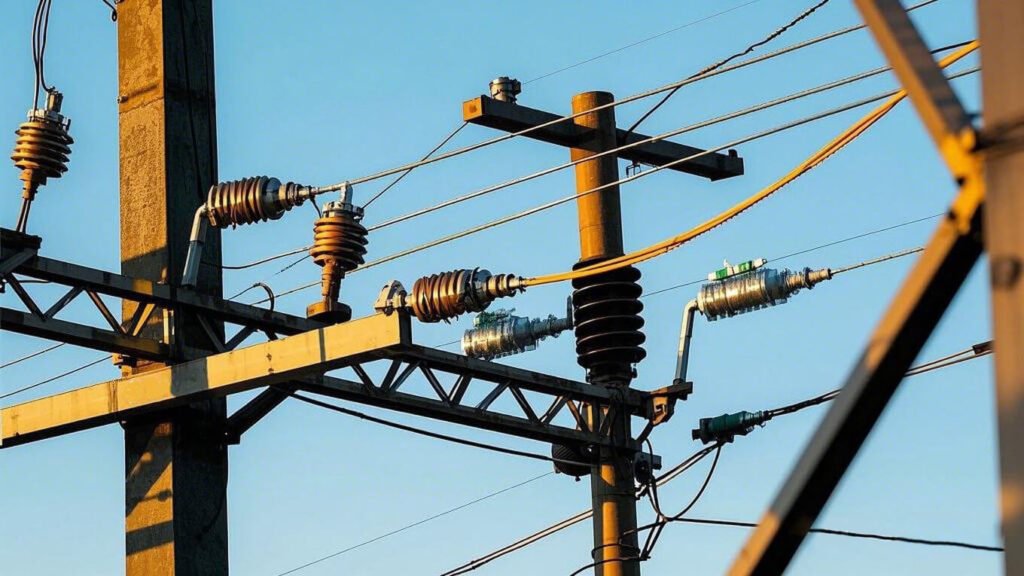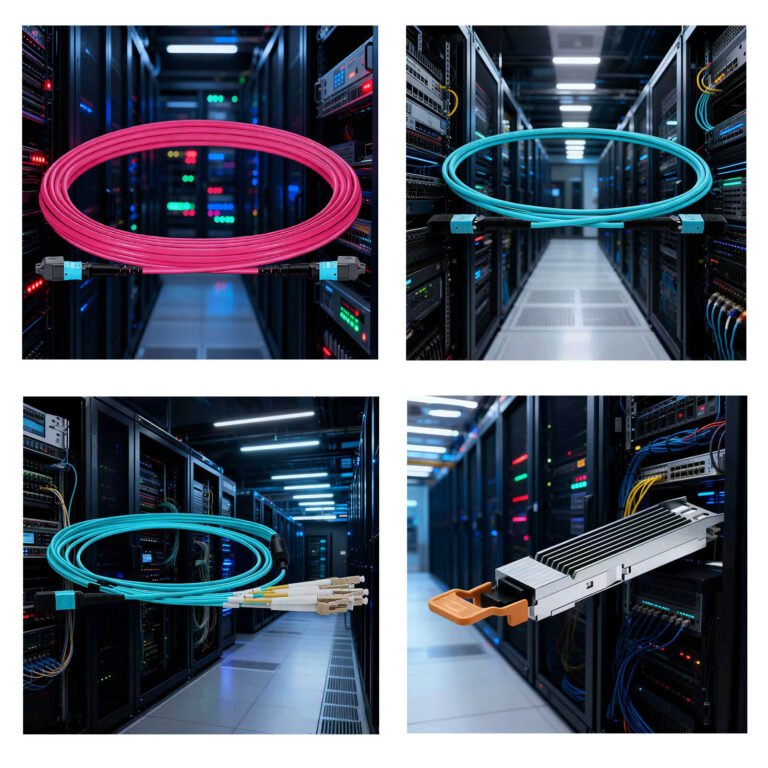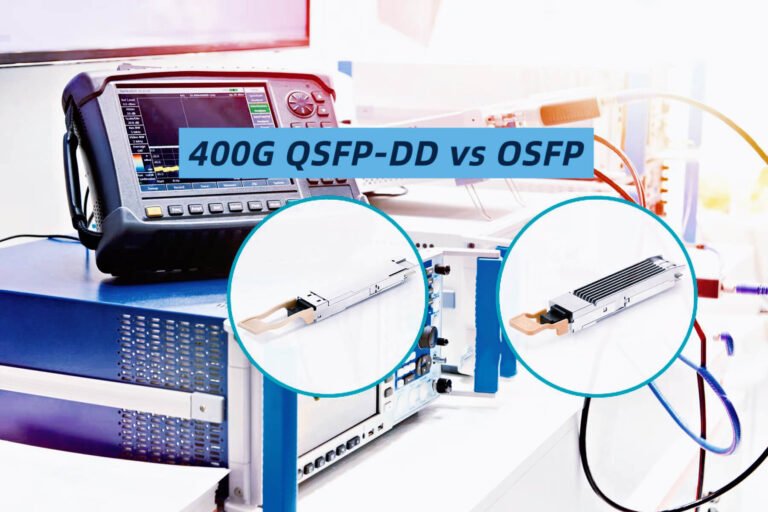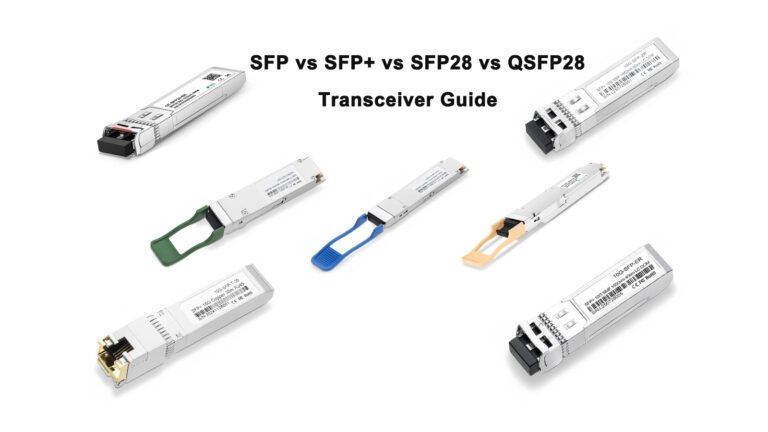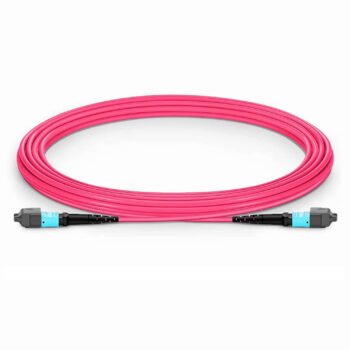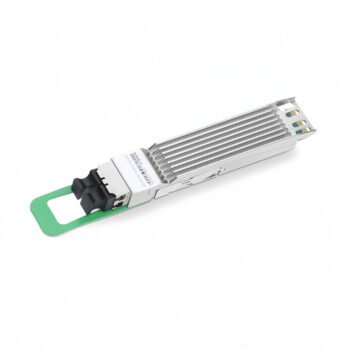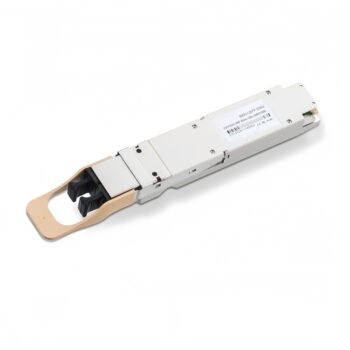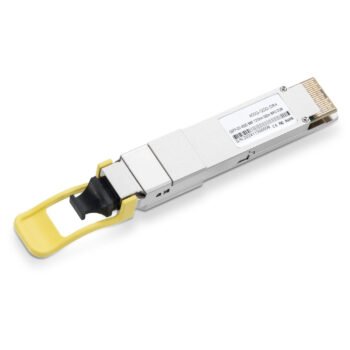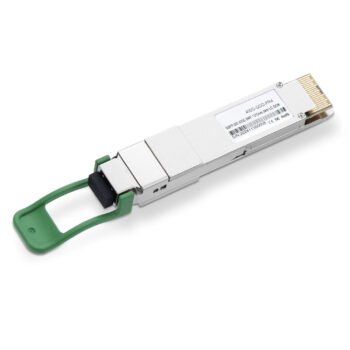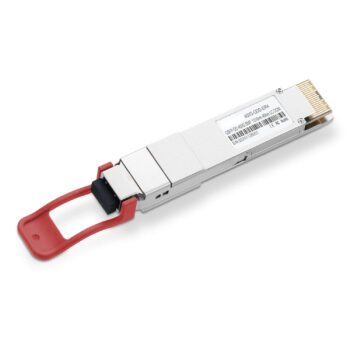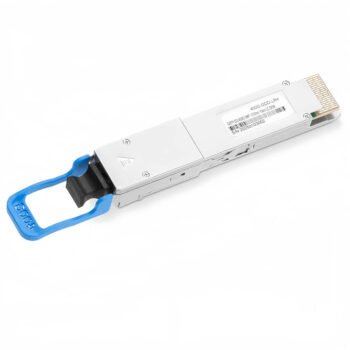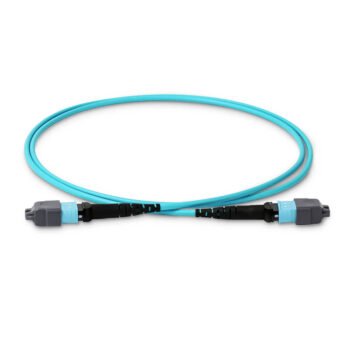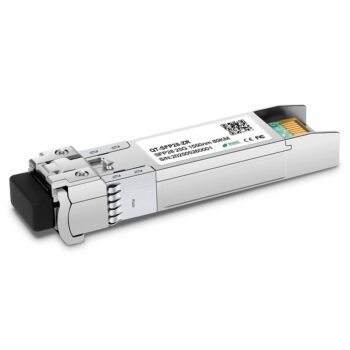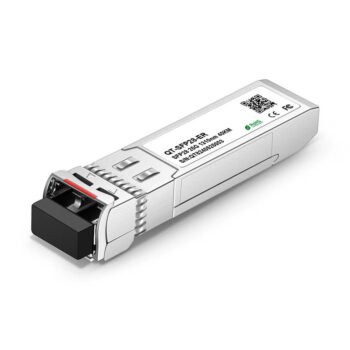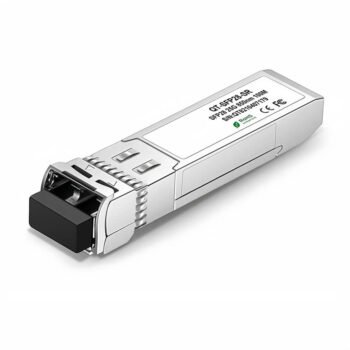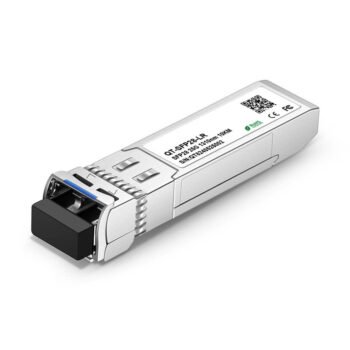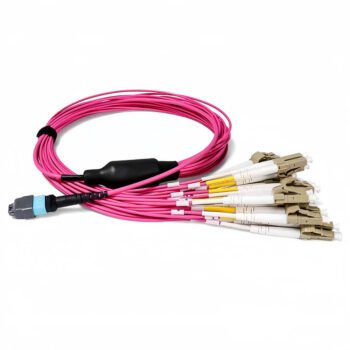FTTA Fiber Optic Cabling and Power Integration Solutions: From Connector to Deployment
As the Operations Manager at ABPTEL and a field-experienced engineer, I’ve been involved in dozens of FTTA (Fiber to the Antenna) projects over the past decade. From 3G and 4G sites in remote mountain areas to urban LTE and 5G deployments, one thing remains consistent — reliable cabling is critical. This article dives into FTTA fiber optic and power integration solutions using rugged connector systems like OptiTap, ODVA, NSN, and FullAXS. I’ll walk you through the structure, application, and technical data that telecom and wireless professionals need to get it right the first time.
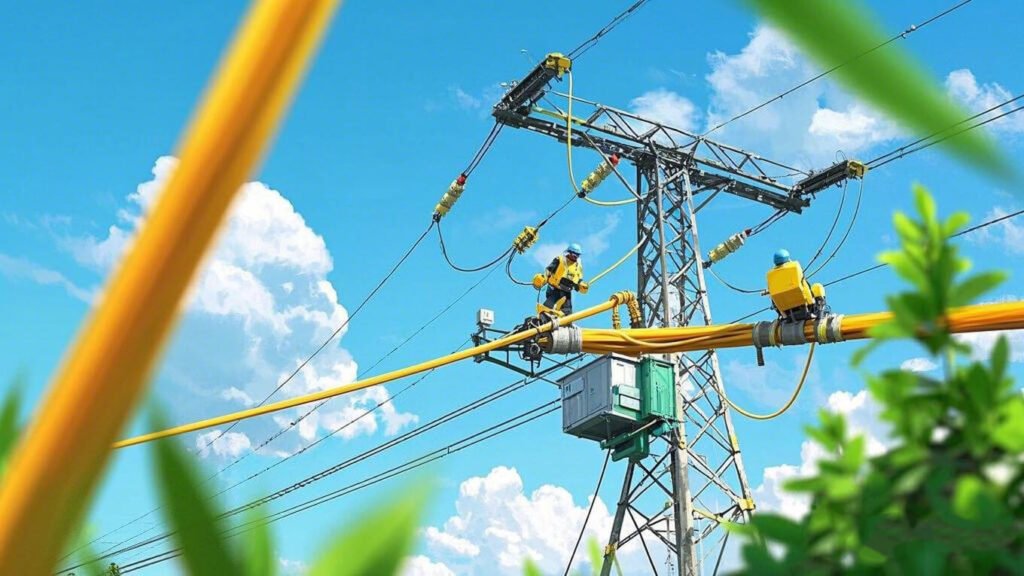
What is FTTA and Why Does It Matter?
FTTA1 stands for Fiber to the Antenna. In this architecture, the radio unit (RRU or RRH) is moved closer to the antenna on the tower, and connected via optical fiber jumpers[3^] rather than traditional coaxial cable. The result is:
- Lower signal loss
- Reduced power consumption
- Easier installation and future upgrades
In real deployments, I often find FTTA being implemented by operators rolling out 4G LTE, 5G, or even WiMax.
As of today, over 260 operators globally have deployed commercial 5G services. The number of 5G smartphone users has already exceeded 1.5 billion. 5G network infrastructure is evolving steadily to meet rising demands in human connection, IoT, V2X, sensing, and intelligent manufacturing. Acting as the bridge between 5G and 6G, 5.5G (also known as 5G-Advanced) is becoming the mainstream of the next phase of mobile network construction.
The key characteristics of 5.5G — high performance, low energy, open sharing, and intelligent management — are raising new demands for base station connection systems. At ABPTEL, our FTTA and PTTA connection solutions are built for this new era.
We provide scalable, flexible, high-performance, and forward-looking solutions based on a universal, non-proprietary design. Our plug-and-play fiber and power connectors enable multi-operator base station co-construction and RAN sharing, reducing signal loss and improving network throughput. This maximizes resource usage and return on investment (ROI) in 5.5G deployments.
How FTTA Cabling Works
Let me break down a typical FTTA connection chain:
- Baseband Unit (BBU) inside the shelter
- Fiber patch panel or junction box
- Outdoor fiber patch cord (e.g., ODVA, FullAXS, NSN)
- Remote Radio Head (RRH) mounted on tower
Each interface in this chain must survive:
- UV rays
- Temperature extremes
- Vibration and tension
- Water and dust
That’s where ruggedized connectors come in.
ABPTEL’s Trunk Pre-Termination Solution consists of:
- Fiber optic trunk cables (multi-core)
- Power trunk cables
- Fiber jumpers
- Power jumpers
- Patch panels
- Distribution boxes or splitters
Fiber and power trunks are pre-terminated in the factory, ensuring reliable, high-performance connections. Boxes or splitters act as aggregation points and interface seamlessly with OEM equipment through branch cables. Compared to single-channel direct cable setups, this solution supports multi-vendor shared deployments, cutting construction costs and simplifying future expansion.
Alternatively, our Hybrid FTTA/PTTA Solutions[2^] combine fiber and power into a single cable assembly. Though raw material costs are higher, hybrid systems reduce labor costs, speed up installation, and simplify maintenance — especially in high-wage regions. The reduced number of RRU ports enables higher RRU density, which supports compact and dense 5.5G network rollouts.
Overview of Key FTTA Fiber Patch Cable Types
Let me show you the most popular types we manufacture and recommend:
1. FullAXS FTTA Patch Cord

- Connector: Duplex LC with FullAXS ruggedized housing
- Interface: Compatible with SFP transceivers
- Protection: IP67, corrosion-proof, one-hand bayonet lock
- Key Use: LTE base stations, WiMax systems
| Feature | Value |
|---|---|
| Mating cycles | 50 |
| Pull force | 150 N |
| Temp range | -40°C to +85°C |
| Lock type | Bayonet |
| IP Rating | IP67 |
Specifications:
- Open bulkhead for easy access to SFP
- Positive feedback to operator when fully mated
- One-hand mating
- Duplex LC interface
- Bulkhead cutouts allow for removal of transceiver through the bulkhead
- Robust bayonet locking
- Multimode and singlemode
- Waterproof, dustproof and corrosion resistant
- Plug has tolerance free design, fully floating in Z-axis
- No Cable buckling at any time during or after installation
- IP67 protection class
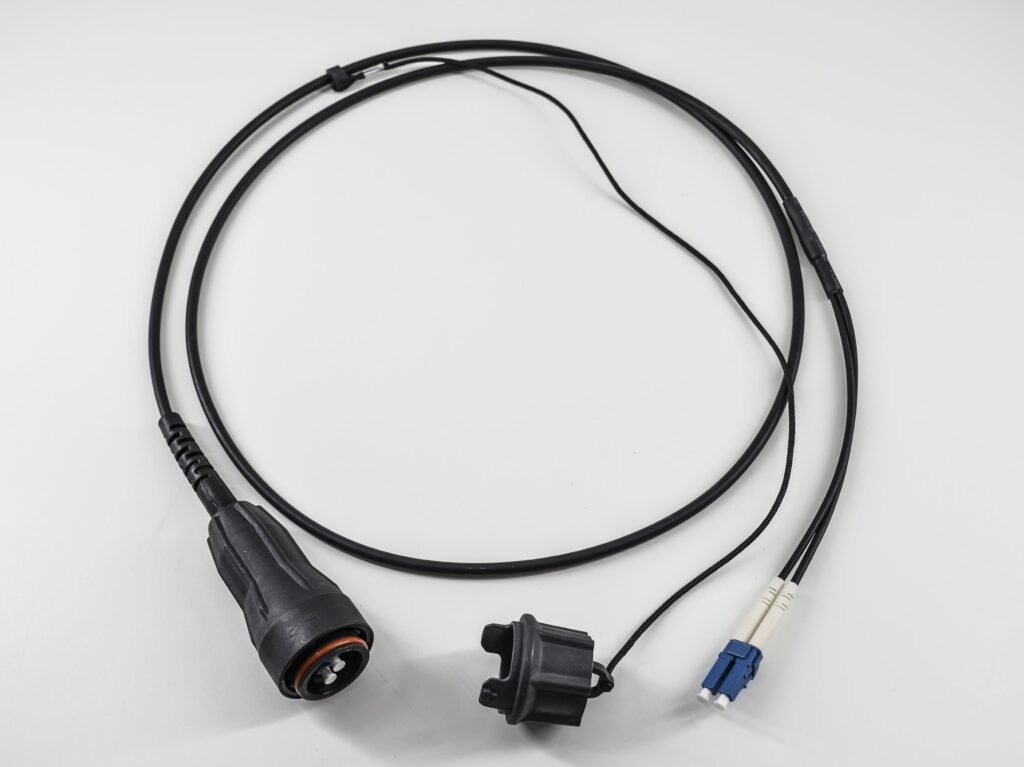
2. ODVA LC Patch Cord (ODC Style)
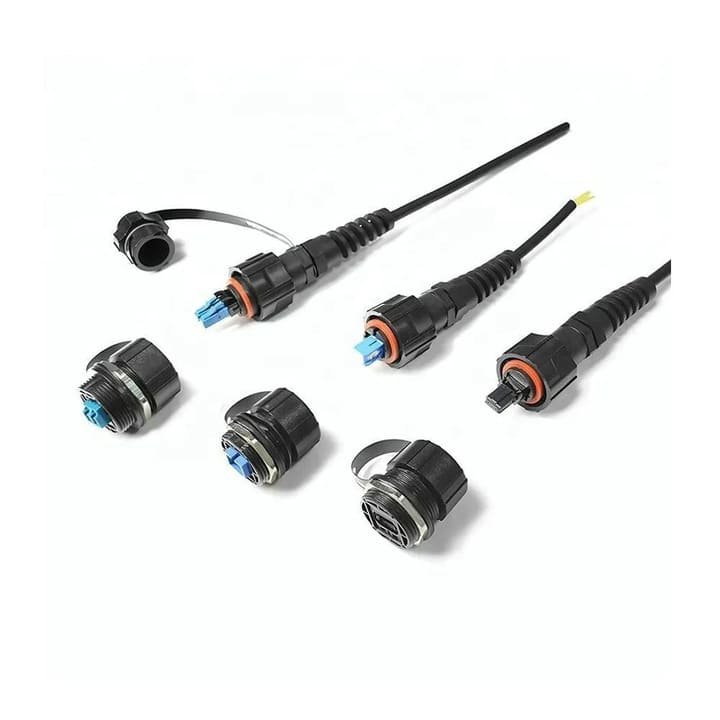
- Connector: ODVA LC 2/4 core plug/socket
- Interface: Outdoor military-grade locking
- Protection: IP68, vibration/shock/salt-mist proof
- Key Use: 5G tower, military comms, smart substations
| Feature | Value |
|---|---|
| Insertion loss | ≤0.8 dB |
| Repeatability | ≤0.5 dB |
| Temp range | -40°C to +85°C |
| Lock type | Rotating lock |
| IP Rating | IP68 |
Specifications:
- Rotation lock mechanism ensures long-term reliable use
- Blind mate installation with guide rails
- Sealed construction: waterproof, dustproof, corrosion resistant
- IP68 waterproof rating
- Insertion loss ≤0.8 dB
- Mating durability ≥500 cycles
- Operating temperature: -40°C to +85°C
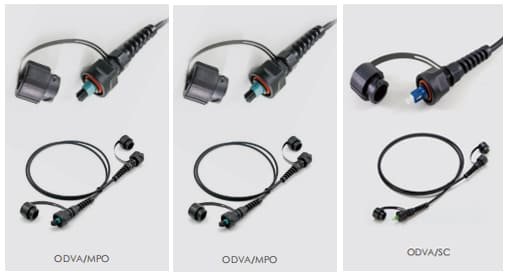
3. NSN Boot Duplex LC Jumper
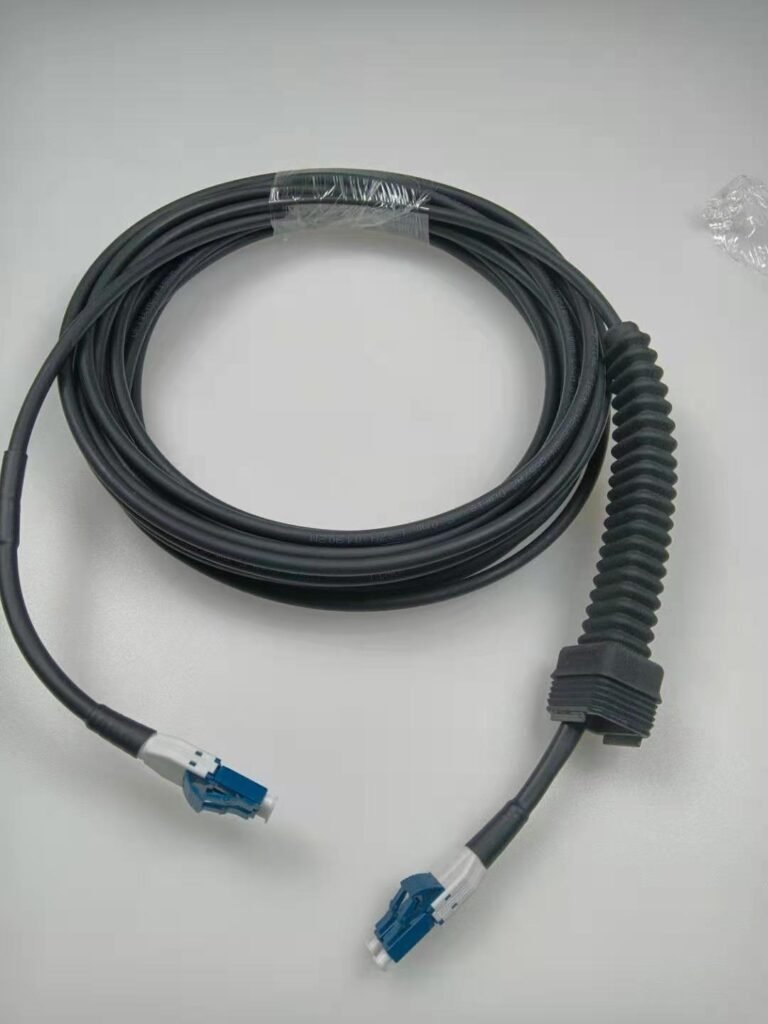
- Connector: NSN Boot + LC Duplex
- Interface: Slim boot for dense installations
- Protection: IP67, UV-resistant
- Key Use: RRH connection in narrow tower boxes
| Cable OD | 5.0mm / 7.0mm |
| Min Bend Radius | 10D (Static) / 20D (Dynamic) |
| Tensile Strength | Up to 600N |
| Crush Resistance | Up to 2000N |
Specifications:
- Multi-purpose outdoor application
- Connects distribution box to RRH
- Low insertion and added loss
- UV-resistant LSZH jacket material
- IP67 water and dust protection
- Cable tensile strength: 400–600N
- Operating temperature: -20°C to +70°C
- RoHS and REACH compliant materials
All cables are IP67-rated, water- and dust-resistant, and designed for outdoor FTTA and FTTH scenarios, including base stations, towers, and waterproof terminal ports — especially where fast installation and removal is required.
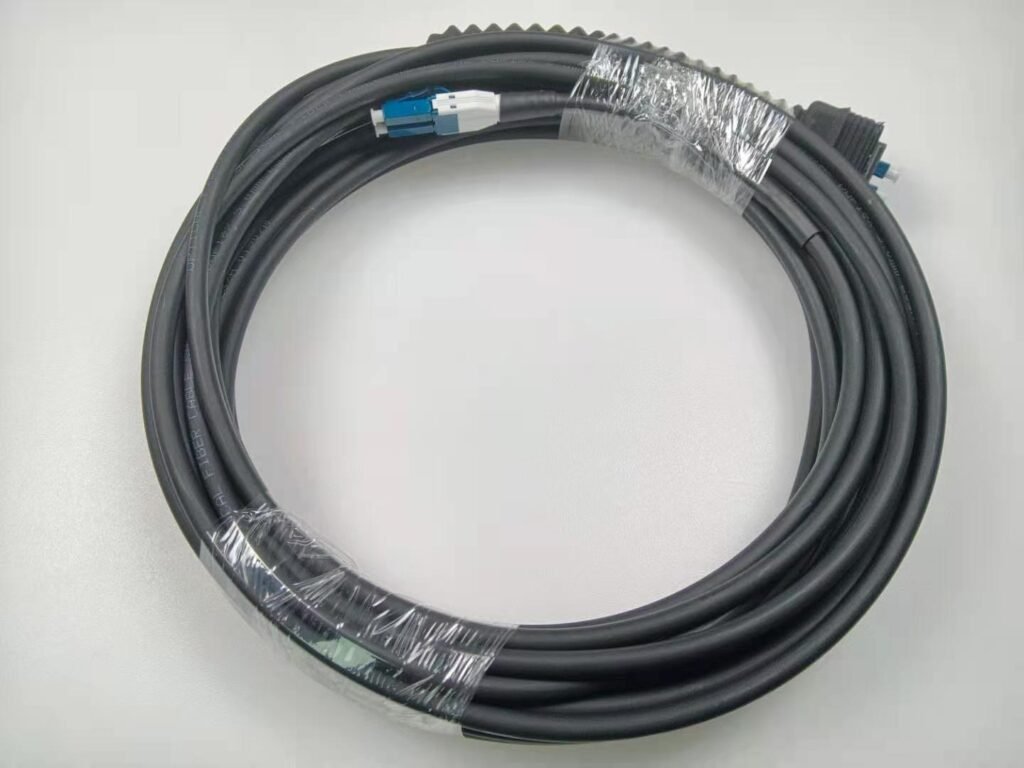
Recommended Outdoor Fiber Jumper Selection
Choosing the right outdoor jumper is important for FTTA reliability. Based on project needs, I recommend:
| Application Scenario | Suggested Cable Type | Size Options | Connector Type |
|---|---|---|---|
| Tower Top RRH Connection | FullAXS FTTA Patch Cord | 7.0mm | LC Duplex |
| Remote Base Station to RRH | ODVA LC Patch Cord | 5.0mm-7.0mm | LC Duplex |
| Dense Tower Cabling | NSN Boot Duplex LC Jumper | 5.0mm or 7.0mm | LC Duplex |
| Harsh Outdoor Conditions | ODVA / FullAXS | Armored | LC Duplex |
When selecting fiber jumpers for outdoor deployments, factors like cable diameter, flexibility, UV resistance, and waterproof performance must be considered carefully.
Applications Across FTTA Projects
I’ve personally overseen these use cases:
- China Mobile 5G Deployment: Used ODVA patch cords with armored cable in mountain base stations
- Brazilian Smart Grid Rollout: Used NSN jumpers between cabinets and RRH
- North African Oilfield Monitoring: FullAXS cables for harsh desert wind and sand environments
Conclusion: Build Reliable FTTA Links with ABPTEL
At ABPTEL, we offer ruggedized, plug-and-play FTTA cabling systems that simplify on-site installation and withstand extreme field conditions. Whether you’re working on a 5G tower in Mexico or a smart substation in Saudi Arabia, our solutions will meet your needs.
If you’re a project manager, procurement engineer, or installer looking for fiber optic FTTA cabling, talk to me. I’ll help you select the right cable and connector for your site.
-
defines FTTA and its role in mobile networks ↩

